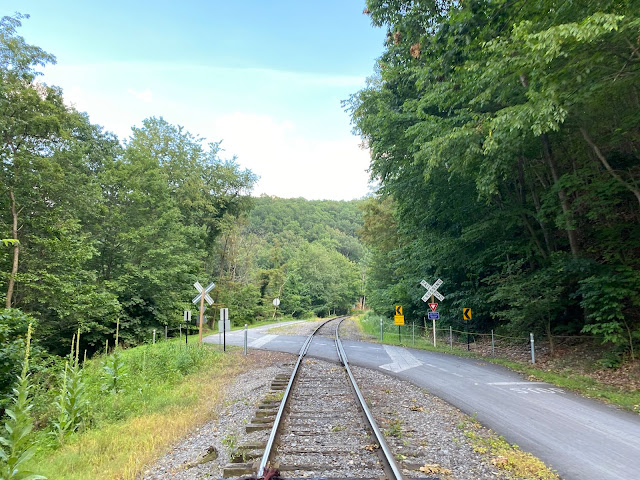Frienship Trail over Little Lake Butte Des Morts

One of the smaller, but nonetheless quite picturesque rail trails we have visited over the course of our journey to trace the abandoned railroads of the world is the Friendship Trail , also sometimes known as the Trestle Trail , which spans across the Little Lake Buttes des Morts between Fox Crossing and Menasha, WI. The trail is further part of a 3.5 mile system one can use to bike or walk around the lake, known by the tongue twister of "Loop the Little Lake", which also allows one to connect to Neenah. Starting from Fritse Park in Fox Crossing, its somewhat hard to imagine this as anything but a walkway through a park. In its railroad days, it was part of the Chicago & Northwestern Railway , and unofficially known as the "Mile" Bridge , despite the fact that it is quite a bit shorter than that. Our visit came on a foggy and wet December afternoon which made the relatively short journey over the lake somewhat otherworldly, as I was unable to see land from ...




